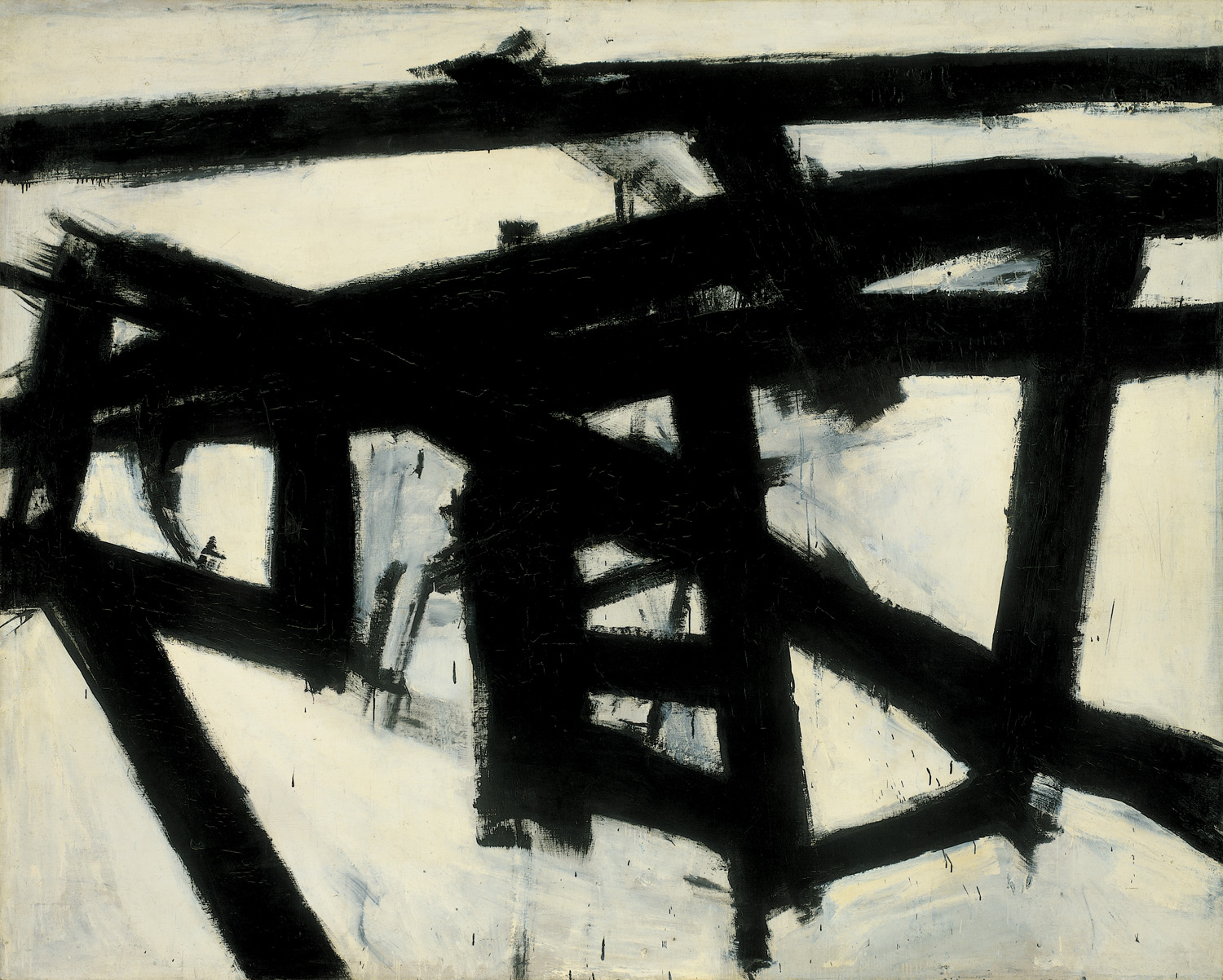Sketching and painting at Surprise View, Derbyshire Peak District.
Sketching at Higger Tor
26 May 2017
Labels:
drawing,
landscape,
painting,
Peak District,
pen and ink,
sketch,
travel sketchbook,
watercolour
Surprise View, Peak District
Drawing and painting at Surprise View in the Derbyshire Peak District. Four drawings of two scenes: drawing the scene once quickly but with some degree of accuracy; and then the same scene again, but much looser. Compare and contrast.
Sheffield: Building a new square
Urban sketching in Sheffield. They're building a new square where Furnival Gate meets Pinstone Street.
Sheffield: Pool Square
Urban sketching in Sheffield. A hot, dry day as temperatures move towards 29 degrees. Armed police on the streets of Sheffield, following the Manchester atrocity. Refuge here in Pool Square, a tiny, but quiet, garden in the city centre.
The pigeon on the gate post posed for the entire time I was drawing.
Sheffield: Young Street
23 May 2017
Urban sketching in Sheffield. From Young Street: Looking north, watching the sun go down over Wickes; and looking south, past the council offices to St Mary's Church.
Each: Ink and watercolour, 18 x 18cm.
Each: Ink and watercolour, 18 x 18cm.
Sheffield: St Paul's Place
Urban sketching in Sheffield. St Paul's Place, and reflections in the glass entrance to the Winter Gardens. Sitting in the same place, looking in two directions, working on two drawings at the same time.
Each: Ink and watercolour, 18 x 18cm.
Each: Ink and watercolour, 18 x 18cm.
Sheffield: Tudor Square
Urban sketching in Sheffield. The Crucible Theatre, and the gap between the Lyceum Theatre and the Library.
Each: Ink and watercolour, 18 x 18cm.
Villa Borghese by Willem de Kooning
20 May 2017
Willem de Kooning: Villa Borghese. Guggenheim, Bilbaoi
Villa Borghese was painted in oil on canvas in 1960.
de Kooning is labelled an "abstract expressionist", but he kept some element of figurative representation in his work; all the other "abstract expressionist" artists were purely abstract in their mature period. It’s interesting that de Kooning started as a figurative painter earlier in his career; attempted some pure abstract paintings (for example, Painting, 1948); then returned to figurative work. He said,
“I'm not interested in 'abstracting' or taking things out or reducing painting to design, form, line, and color.”–which is of course, the opposite of what we see in Pollock, Newman, and Martin.
This particular painting because is on a balancing point between figuration and abstract: it could be easily pushed one way or the other:
On one hand, you can look at as a traditional landscape painting. There are marks which can be read as figurative elements: blue sky, green trees, blue water, a white path (or fountain?), yellow flowers, and pink shapes which could be the villa itself.
Yet, at the same time, if you don’t know the title, you can just as easily read this as an abstract work: it’s not far from Rothko’s colour field paintings such as No. 61 (Rust and Blue).
Mark Rothko: No. 61 (Rust and Blue)ii
Villa Borghese was painted about eight years after Woman I, and the application of paint in the two works is very different. The earlier work has main layers of thick paint contrasting with thinner washes, and incorporates collage items; a close look at it shows brushstrokes containing multiple colours, either intentionally using several colours on the same brush at once, or where the brush has picked up paint from still wet lower layers.
Woman I
Villa Borghese takes the colours of Woman I, but the brushstrokes are much bigger and bolder, and the colours are cleaner. It looks like less than a dozen marks, but each one is massive: the painting is over 2 metres high, which means that, for example, the blue brushmark across the middle is a single 1.5m long mark. (It would be easy here to refer back to de Kooning’s early life as a house painter!) We can trace the progress of the marks: the pink seems to be first, followed the blue “sky”, and then the green, and so on; as such it is very much an “action painting”. (See also Pollock: While the drip paintings are abstract in that they have no reference to external subject matter, they are also a perfect representation of Pollock's actions.)The painting doesn’t appear to be worked heavily as earlier works, such as Woman I which took two years to complete. The painting shows splashes and marks which suggest it was painted quickly, but while the result looks as it could be completed in a few minutes, it’s difficult to tell how much wiping out and scraping off there was in its making.
The pictures that link these two paintings are the experimental black-and-white works on paper known as the “Romes”: These were painted in, as you would guess, Rome, in 1959 – 60. In terms of application of paint, they are far simpler works, and reminiscent of Franz Kline. Kline's paintings, though seemingly abstract, were based on careful observational drawings of subjects such as chair legs: he abstracted the shapes and lines that he saw; unlike Pollock, whose paintings are not related to the “real world”.

Franz Kline: Mahoning, 1956iv
After the heavily worked pictures like Woman I, de Kooning seems to be trying to reduce the work to more bolder, more direct marks. Ironically, the monochrome works were painted in Italy; de Kooning returned to New York and painted the colourful Italian landscapes in his studio there, working from his memory of the Mediterranean scenery.
i Image credit: https://www.guggenheim.org
ii Image credit: Wikipedia
iii Image credit: http://www.thecityreview.com/dekoon.html
iv Image credit: https://www.wikiart.org/en/franz-kline/mahoning-1956
Subscribe to:
Posts (Atom)











































